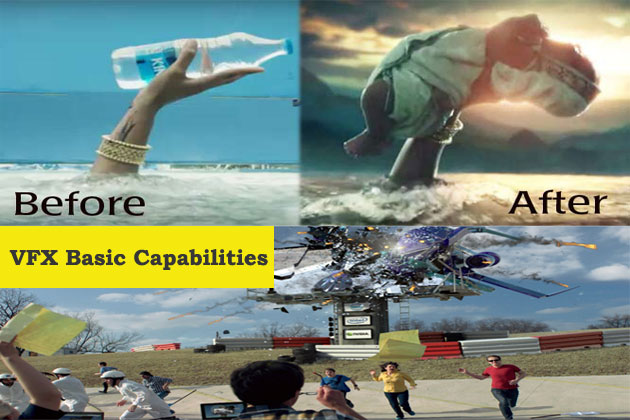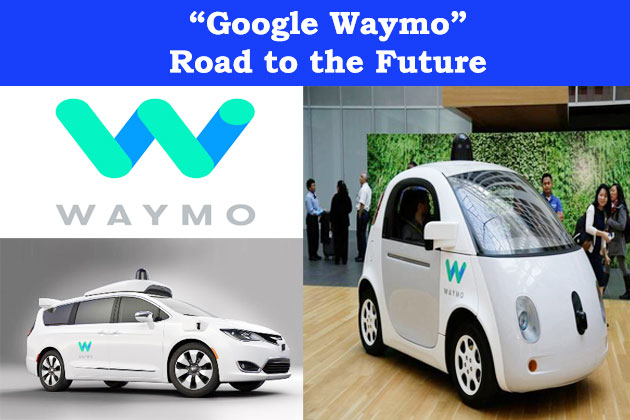Blog Post
August 202017
67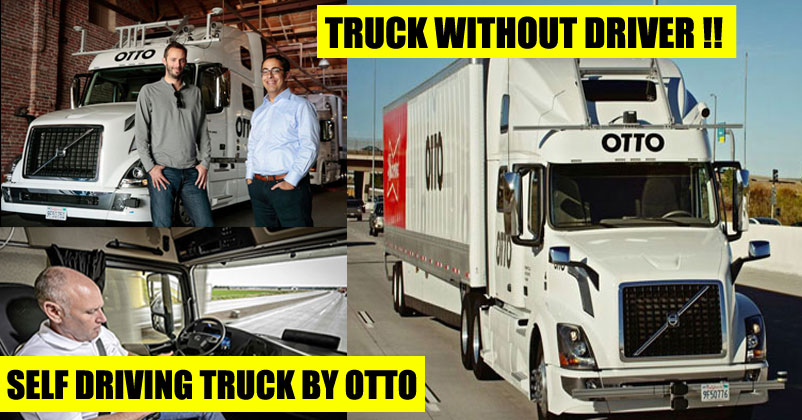
"Road safety has been upgraded with the introduction of Self-driving Trucks"
Tractor-trailers without any driver will soon running on the road in near future.
What does this mean for the countries 2 million truck drivers?
Oman Mugriyev’s was driving his 18-wheeler truck on a two-lane Texas highway when he saw an oncoming car drift into his lane just a few hundred feet ahead. There was a hole to his right and more running cars to his left, so there was little chance for him to do and he just can hit his horn and brake
But it wasn’t going to be the solution. The car collided with Mugriyev’s truck. It broke his front axle, and he could not move his truck and the damaged car now fused to it from hitting anyone else as it threw down the road.
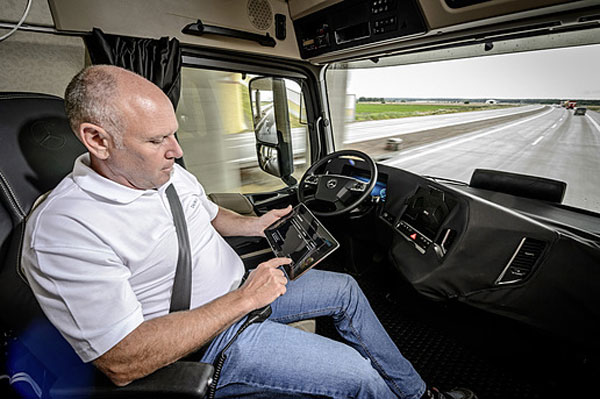
Could a computer have done better solution at the wheel? Or would it be worse?
We will probably find out within the next few years, because multiple companies are now trying to design self-driving trucks. Although many technical problems are yet to be solved, advocates claim that self-driving trucks will be safer and less costly. This system Used to drives better than I do, says Greg Murphy a experienced truck driver. He now serves as a test driver during tests of self-driving trucks by Otto, a company of San Francisco.
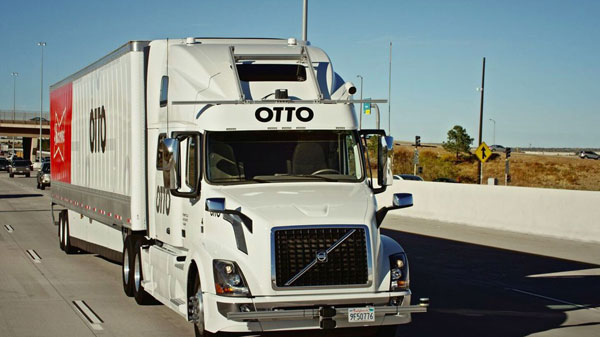
At first look, the advantages and disadvantages posed by self-driving trucks may be same with self-driving cars. But trucks are different from cars. One thing, the economic rationale for self-driving trucks makes it stronger than the one for driverless cars. Autonomous trucks can organise their movements over long stretches of highway, and can save fuel. And letting the truck driving complete the routes sooner.
But the technical problems facing autonomous trucks are higher than self-driving cars. Otto and other companies will need to display that sensors and code can match the situational awareness of a professional trucker skills.
And perhaps most important, if self-driving trucks will take hold, they will be more controversial than self-driving cars. At a time when our politics and economy are already being critical by the threats that automation decreases the creation of jobs , self-driving trucks will affect an enormous number of workers. There are 1.7 million trucking jobs in USA. Technology will be going to replace truckers entirely anytime soon. But it will almost certainly change the nature of the job, and may not be welcomed by all.
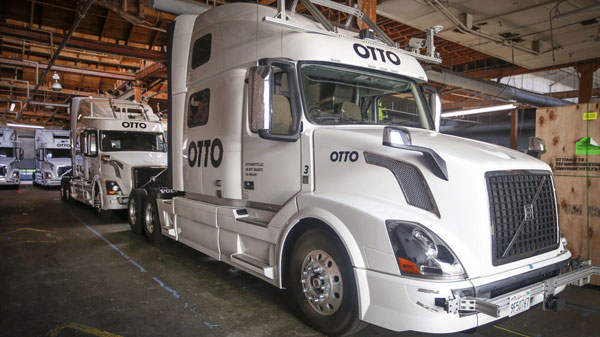
Otto's headquarters, in the South of Market section of San Francisco. There isn't many of the other companies that is going to transform the area. Proudly to that neighbourhood upgrade, it is a barely repair former furniture warehouse turned to a garage and machine shop, with semi trucks in various states with tools and computers.
The key to Otto’s technology is a LIDAR which uses a pulsed laser to acquire detailed data about the trucks surroundings. The current third-party LIDAR box costs $100,000 each. But the company has construct a team to design a self-version that will cost less than $10,000.
Within the cab is a man-made and liquid-cooled, micro-supercomputer that provides the most computing facility ever. It is needed to collect the vast amount of sensor data and taking care to it through the algorithms that adjust braking and steering commands to compensate for the truck's load weight.

Otto was founded in 2016 by Anthony Levandowski. He had been with Googles self-driving-car effort also with Lior Ron, who headed up Google Maps, and two others.
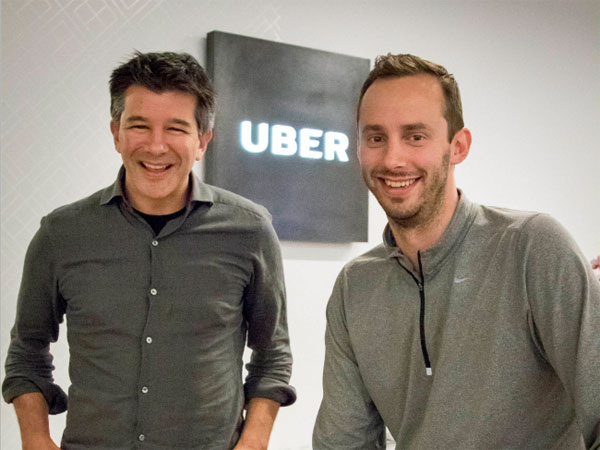
Then, Uber acquire Otto up for $680 million last August. That deal has helped Otto's team access to roughly 500 engineers from Uber which is working on self-driving technology.
Otto has only seven trucks on the road with self-driving technology, but it hopes that others will also take a taste of it.
Last October an Otto's self-driving truck carried 2,000 cases of Budweiser beer travelling to 200 kilometres in Colorado from Fort Collins to Colorado Springs while and the trucks only human driver sat in the sleeper mode to look after the situation.
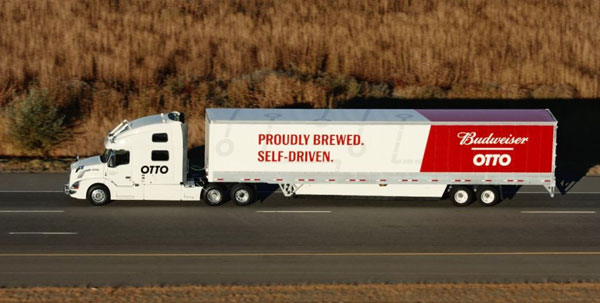
This is the commercial delivery which is the first ever to be handled by an autonomous heavy truck. But it also described the current limitations. The human driver piloted the truck to and from the highway , because the technology doesn't applicable on small cities or rural areas. Though it was on the highway, a car drove ahead of the truck to make sure the far right lane remained clear.
In all testing of Otto-designed trucks, a professional driver named Greg Murphy takes control in the drivers seat and always ready to take the controls on the highway. An Otto employee is in the cab too. Murphy hits the Big Red Buttons only when there’s traffic on the road, or construction.
Written By Subrata Debnath
Keep urself Up to date with my latest technical updates.
View all posts by: Subrata DebnathShare Your Views In Comments Below
Categories
- Gadgets
- Operating System
- Sharing Network
- Processor
- Developments
- Memory
- Designs
- Softwares
- Graphics
- Robotics
- Hardwares
- Games




